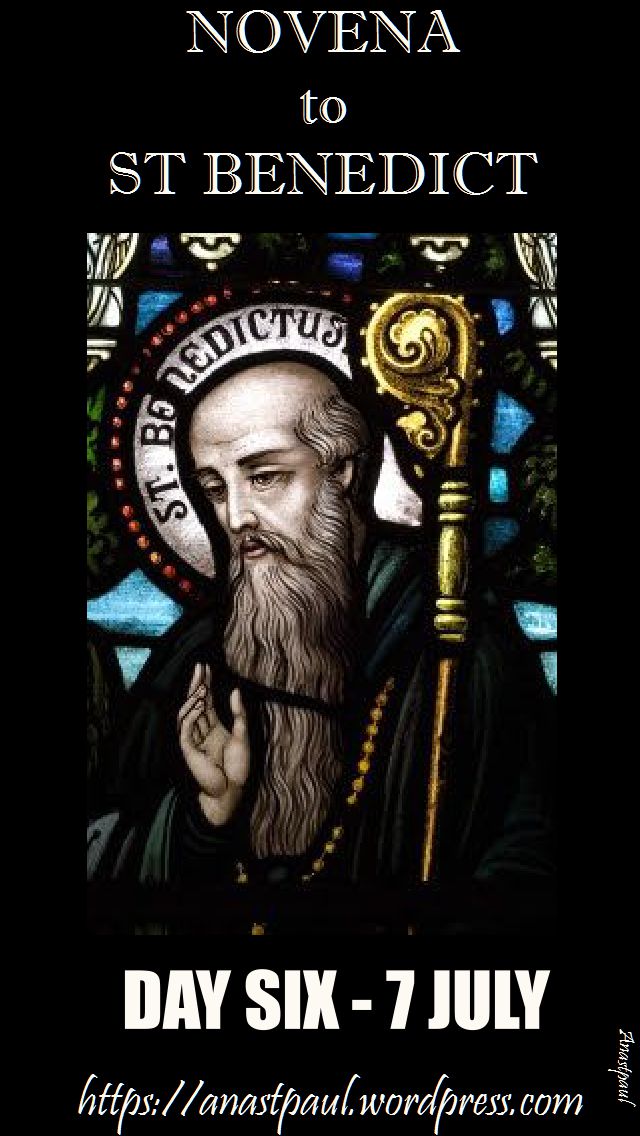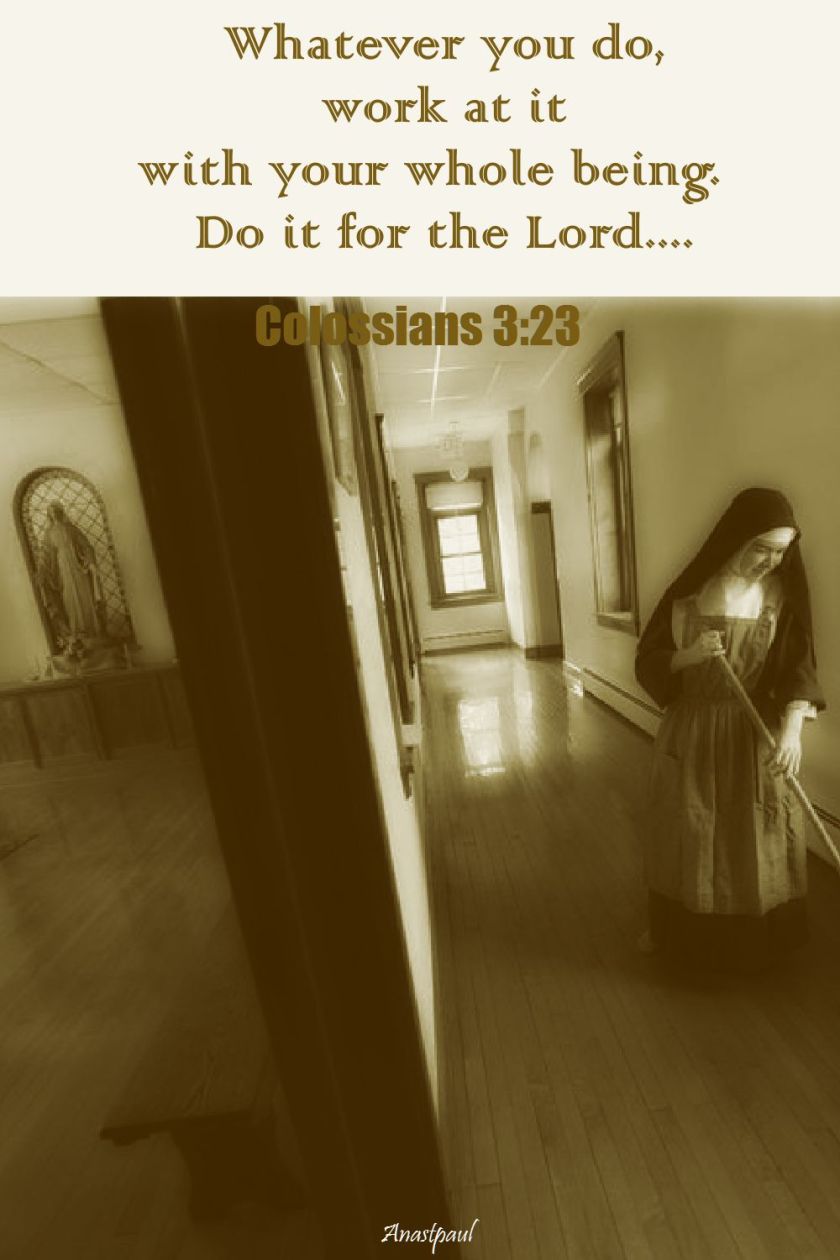Saint of the Day – 7 July – Blessed Peter To Rot – Layman, Martyr, Catechist and Defender of the Faith, Defender of the Sacrament of Marriage – (c1912 in Rakunai, East New Britain (part of modern Papua New Guinea) – poisoned and suffocated presumed to be on 7 July 1945 in a Japanese concentration camp at Rakunai, East New Britain (part of modern Papua New Guinea). Beatified on 17 January 1995 by St Pope John Paul II. Patronages -Married couples, Catechists, Rakunai, World Youth Day 2008.

Peter To Rot was born in 1912 in Rakunai, a village on the Melanesian island of New Britain, today an eastern province of the independent nation of Papua, New Guinea. Due to the lack of documentation, destroyed by the Japanese during the war, it is impossible to determine his date of birth. This is also the case for his martyrdom and for almost all the events in his life. In the culture of Papua New Guinea it was not customary to keep public records.
His parents, Angelo To Puia and Maria la Tumul, baptised as adults, belonged to the region’s first generation of Catholics. On 29 September 1882 the first group of Missionaries of the Sacred Heart arrived in Matupit, New Britain, 10 years after the Methodists had begun preaching and had established the Malaguna Mission. What happened in 1898 is surprising. Angelo To Puia, the great chief of Rakunai village on the hills near Rabaul, told the Missionaries of the Sacred Heart that the majority of his people wished to be Catholic and not Methodist. It was precisely in these circumstances that Peter To Rot’s father, together with other powerful tribal chieftains, was solemnly baptised, forming the nucleus of the first generation of Catholics in the region. It was Angelo To Puia himself who opened the village of Rakunai to the faith and to collaboration with the missionaries. He promoted the Christian life in his village, where he was chief for 40 years.
Beginning in adolescence, Peter To Rot had a strong inclination to piety and obedience, which convinced his parish priest Fr Emilio Jakobi that the boy was born to be a priest. But Peter’s father considered this choice premature. He felt none of his people were ready for the priesthood at the time. He nonetheless agreed that Peter should be trained as a Catechist.
A capable but modest catechist
In 1930, at the age of 18, the Servant of God was enrolled at St Paul’s Mission School for training catechists who would work closely with the missionaries in evangelisation. He succeeded brilliantly in his studies and in 1933 obtained the catechist’s diploma. An account testifies to the character of this young student: “…he was modest and there was not the slightest vanity in him, neither with regard to his background nor capability. He let the older catechists guide him in his work and accepted their advice but eventually eclipsed them all and soon became their recognized leader, although he was younger.”
When he had completed his studies, Peter was assigned to the mission in his own village, and so began his work as a catechist in Rakunai. These were years of intense work to organise catechesis in the village, to gather large and small groups for instruction and prayer and to become acquainted with people’s real life situations. All those who had him as their catechist recall his straightforward, immediate and effective teaching. He referred constantly to the Bible and always carried it with him (rare for Catholics of the time!), quoting it directly as the occasion required. He was particularly sensitive in discovering the inner problems in others’ lives and shared them intimately.
On 11 November 1936, the only certain date in his life, Peter To Rot married the young Catholic Paula la Varpit from a neighbouring village. Their marriage was celebrated in church but many local traditions—like the 50 shell necklaces to buy the bride—were joyously included. Three children were born from his marriage with Paula: Andrea, who died after the war; a little girl, Rufina La Mama, who is still alive; and the third child (name unknown), who was born shortly after the Servant of God’s death in 1945 and died soon thereafter.
The decisive turning point in Peter To Rot’s life and mission occurred in 1942. After the Japanese occupation, all the missionaries and mission staff were imprisoned in a concentration camp. The Servant of God remained alone. During the war he was the only spiritual guide for Catholics in the Rakunai district. With his constant presence, he provided prayer services, Catechetical instruction, the administration of Baptism, the preservation and distribution of the Eucharist to the sick and the dying and assistance to the poor. On the outskirts of Rakunai, he built a church for the Catholic community from branches, the only material available. The main church had been destroyed by the Japanese.
At the start of the Japanese occupation, he was on good terms with the military authorities. This sort of friendly relationship with the inhabitants ceased in 1942 after the Japanese suffered some military reverses. At that point the military police replaced the local authorities, creating an atmosphere of repression.
Therefore, they decided to forbid Christian worship and all types of religious gatherings, public and private. Subsequently, the repression became more violent. The Japanese, seeking to force the local chieftains into collaborating with them, decided that the Tolais should return to their previous practice of polygamy. This was a severe blow after almost half a century of missionary work. Peter firmly opposed this and was not afraid to disagree publicly with his brother Joseph.
The Servant of God was arrested in April or May 1945. According to accounts, his questioning by the official Meshida was a farce as well as an expression of the crudest violence. He was sentenced to two months’ imprisonment. Later, referring to his imprisonment, Peter said: “I am here because of those who broke their marriage vows and because of those who do not want the growth of God’s kingdom.”
‘A martyr for the faith’
The Servant of God was held in a concentration camp which had been set up in a cave. Various accusations were leveled at him, including: religious gatherings, undue interference in the Japanese plan for polygamy and persistence in his catechetical activities.
Efforts by the Methodist chief of Navunaram and the chief of Rakunai, Anton Tata, to have Peter released failed. A prison mate said: “He was often visited in prison by his aged mother and his wife, who brought him food every day. At one of their last visits, To Rot said to his mother: the police have told me that the Japanese doctor will be coming to give me some medicine. I suspect that this is a trick. I am really not ill at all and I cannot think what all this means.”
Despite the precautions of the Japanese, Arap To Binabak, a prisoner, could see the brightly lit room where Peter had been summoned after the doctor arrived. The doctor gave Peter an injection, then something to drink and finally stuffed his ears and nose with cotton wool.
Then the doctor and two police officers made him lie down. Peter was stricken with convulsions and looked as though he was trying to vomit. The “doctor” covered his mouth and kept it closed. The convulsions continued for a time, while the doctor held him still. Peter fell into unconsciousness and after a long while drew his last breath. The same eye witness gently spread the terrible news of Peter’s death to his companions. Several prisoners, taking advantage of the night-time absence of the Japanese, wanted to see his body. Thus they verified his horrible death.
But in the morning they saw a totally different scene: Peter’s corpse was now arranged on the dormitory floor. The Japanese, summoned by loud speaker, registered great surprise when they saw Peter’s corpse. Later, to Anton Tata, an old family friend, the Japanese cynically replied that the prisoner died from a secondary infection. In the meantime, they informed the family and returned his corpse for burial, which took place in silence without a religious rite.
The immense crowd which attended the Servant of God’s burial, notwithstanding the presence of the Japanese police, immediately considered Peter a martyr. This was not a momentary reaction but a growing certitude. In fact, in the Tolai language Peter To Rot is called “A martir ure ra Lotu”: “A martyr for the faith”.
Fr Renato Simeone, M.S.C













You must be logged in to post a comment.